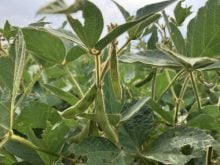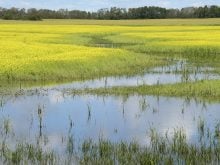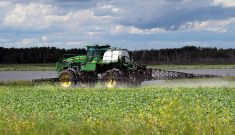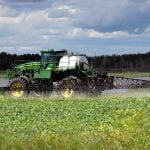Lambert Wourms smiles often while walking among the cattle at his farm near St. Walburg.
When visited March 18, close to 200 cows had calved and another 300 were due to calve in the weeks ahead.
“It doesn’t sound so bad if you say it quick,” said Wourms, contemplating the calving still to come. “We’re just about halfway.”
Wourms farms with his wife Lillian and their son Ken in northwestern Saskatchewan. They managed to keep their herd intact last year despite the drought.
Lambert has his fingers crossed that the drought is now past. As of March 18, there was slightly more snow on the ground than there had been the previous winter.
Read Also
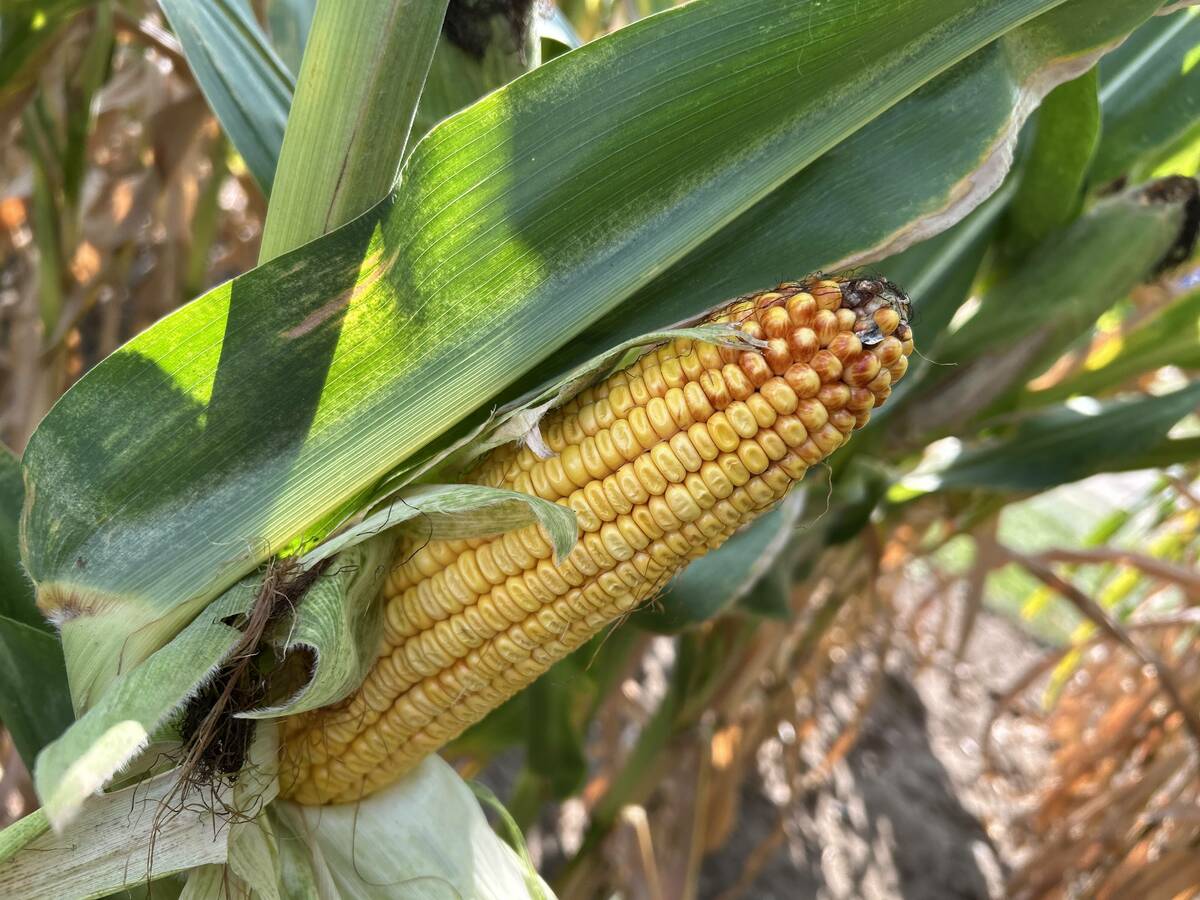
Crop estimates show mixed results
Model-based estimates used by Statistics Canada showed the 2025/26 crop year has seen increases in canola, corn for grain, oats and lentils production while seeing dips in spring wheat, durum wheat, soybeans and barley in comparison to 2024/25.
“We’ve got to get some rain,” he said.
But in case they don’t, he and his son are already making contingency plans.
The events of last year echo in Saskatchewan farmers’ minds as they look ahead to a new year of growing crops and pasturing livestock.
Many describe their outlook as optimistic, even while wondering whether they will encounter drought and grasshopper infestations in the months ahead.
For people like Murray Clarke, it is hard to imagine a cropping season worse than the one he encountered in 2002.
“We have nowhere to go but up,” said Clarke, who farms near Rosetown in one of the areas hardest hit by drought last year.
Out of 2,400 acres of cropland, he harvested only 140 acres. That was mustard and it yielded less than a bushel per acre.
When visited March 18, Clarke was in his workshop where a 1982 self-propelled combine had been stripped down to its frame. With wry humour, he revealed his intentions for the implement.
“I’m turning it into a sprayer if I can ever get it to quit looking like a combine.”
Clarke already had a good idea of what he will seed this spring. He was favouring more durum than spring wheat, and was leaning toward more chickpeas and edible peas while cutting back on lentils.
Lentil seed is hard to come by, he said, and the plants are more susceptible to grasshoppers, which could be a problem in his area this year.
Subsoil moisture was good as of mid-March, so he wasn’t thinking about seriously cutting back on inputs, with the exception of nitrogen. He already has ample amounts of it in his soil and nitrogen fertilizer prices soared this winter.
Besides hoping for a turnaround in the weather, Clarke is also more optimistic than many market analysts about commodity price prospects.
“I guess it’s that foolish optimism that every farmer has. If a person wasn’t optimistic, you wouldn’t be doing this.”
Just east of Saskatoon, John and Donna Germs had their optimism stretched to the limit last year. While contending with drought and legions of grasshoppers, they also were hit with a slump in hog prices that saw pigs selling below the cost of production.
John’s outlook for this year oscillates between hope and concern.
Soil moisture in his area was good as of March 18. They had more snow this winter than they had in the previous three.
“The seeding conditions this spring will be excellent.”
But it will take time to recover from the effects of poor hog prices and loss of their crops last year, in spite of the protection they had through crop insurance. All their crops were written off by the end of June because of dismal growing conditions.
“We’re $200,000 behind because of last year,” he said, noting that the cost to buy feed grain last fall was far greater than what crop insurance paid him for his written-off barley fields.
He said he will be more cautious this year about crop inputs.
“Last year I did the full-meal deal and that really cost us.”
The Germs live in a comfortable home that was originally built as a one-room school and later converted into a house. If the weather and markets turn in their favour, they may one day build a new home for themselves and their five children.
“We go through the show homes every once in a while,” he said.
“And dream,” Donna added.
“You’ve got to be optimistic,” John said.
“Six months from now we could be looking at mountains of grain and potentially high hog prices.”
At a wooden grain elevator in Herbert, Sask., Ron Mathies shared his outlook for the year while visiting with the elevator manager and another area farmer.
Mathies will plant almost 5,000 acres this spring – canola and durum on 1,200 irrigated acres and cereals, field peas, mustard and lentils on the rest.
On March 21, Mathies was also toying with the possibility of growing chickpeas, although he seemed to find more drawbacks than advantages to that crop.
“You’re lucky to even break even with those after all the risk you go through.”
Soil moisture in his area was as good as it can get, he said. Because of that, he won’t be scrimping on fertilizer.
Grasshoppers are a big concern. Last year, the insects took a bigger bite out of area crops than many people suspected during the growing season.
Meanwhile, in northeastern Saskatchewan, Darroll Wallin is among the farmers who will be pulling both seeders and combines across their fields this spring. He is in an area where unfavourable weather delayed harvest last fall. A third of his crop is still in the field.
When interviewed March 17, he seemed generally optimistic about the coming growing season, although he was concerned about rising fuel and fertilizer costs and falling grain prices. A critic of the Canadian Wheat Board, he railed against the marketing monopoly that he thinks harms prices for his cereal crops.
Politics aside, Wallin said there was lots of moisture in the fields around Margo, Sask., to get a crop started this spring. But he noted that many producers in his area will feel the sting of higher nitrogen fertilizer costs. Fertilizing in the fall is a common practice in his area, but a lot of fields couldn’t be fertilized because of unharvested crops. And with crops still in the field, it was harder for producers to find the finances needed to book crop inputs for this spring, he said.
With rising input costs and declining commodity price prospects, Wallin said there was growing uncertainty among local producers about what to plant this spring.
“A lot of guys haven’t booked anything. They don’t have a crop in the bin for security.”



